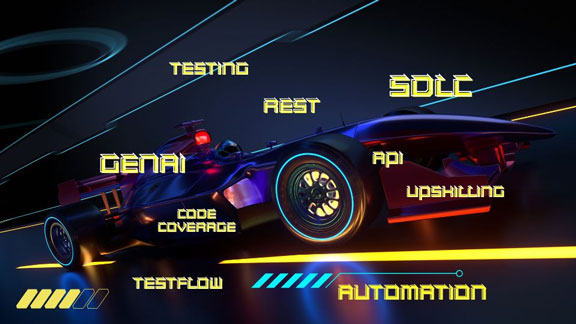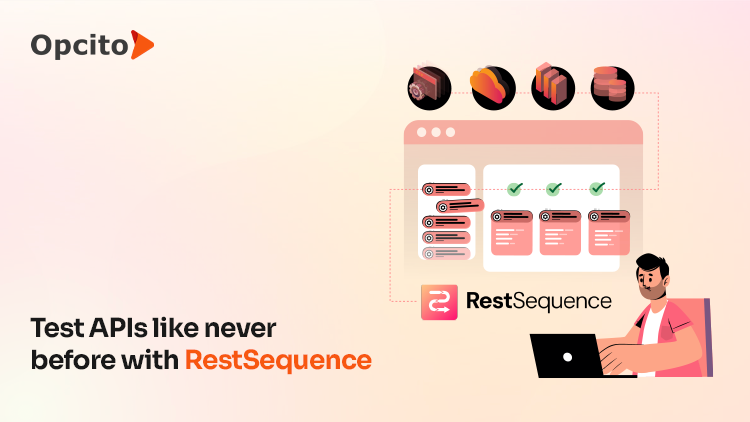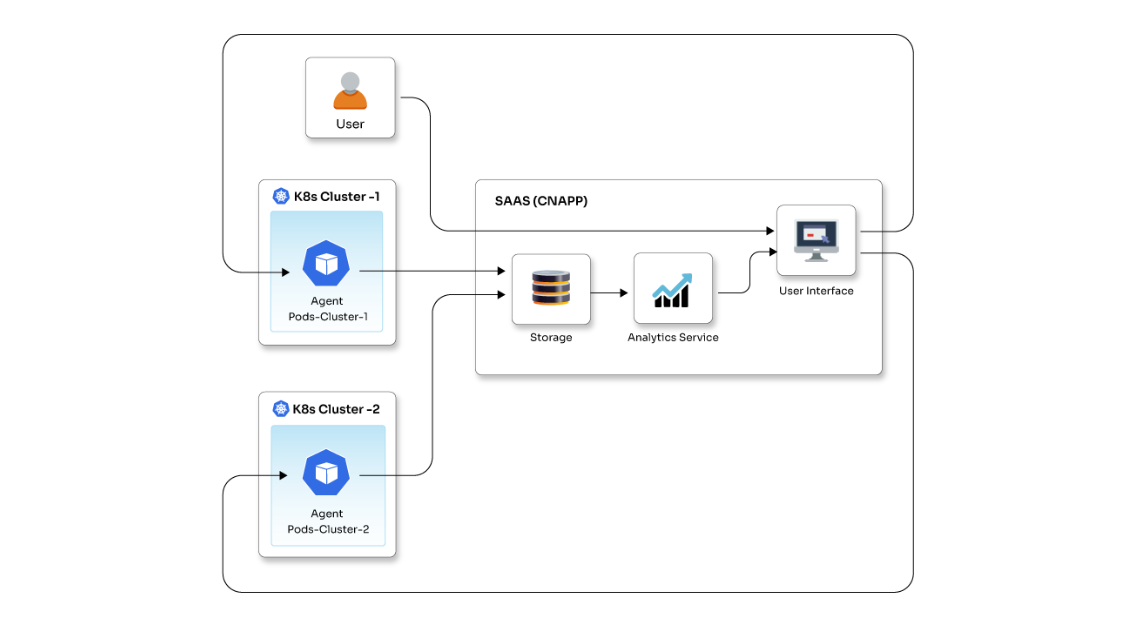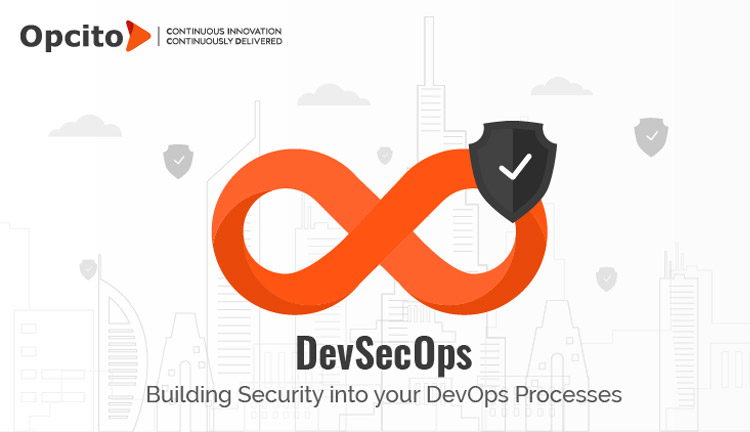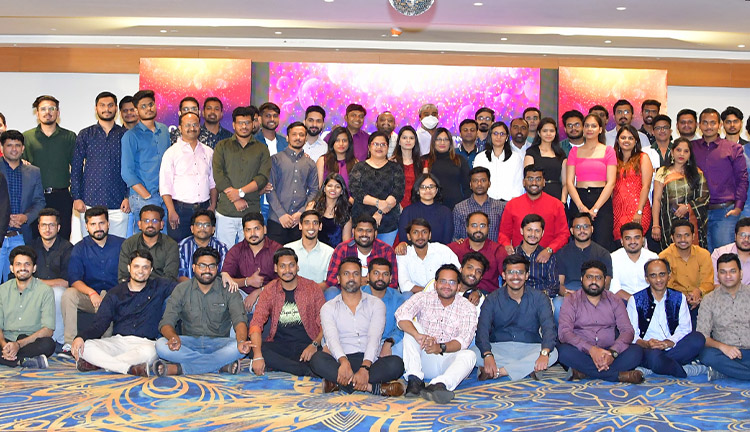Demand for faster application delivery has given rise to efficient development and deployment practices such as DevOps. In order to deliver applications at the increasing demands, the IT landscape requires a prosperous, stable, and competitive infrastructure to maintain the underlying hardware infrastructure. And this is where the Infrastructure as Code (IaC) came into the picture. In one of my previous blogs, I have extensively talked about IaC and why you should adopt it, and how you can leverage IaC effectively in the preceding one titled Best practices and tools that will elevate your Infrastructure as Code.
DevOps enables fast delivery, and IaC enables faster infrastructure for this delivery by using versioning. One thing that we all need to focus on during this rapid and continuous everything process is continuous security. According to a recent Cloud Threat Report by Palo Alto Networks' Unit 42, there are more than 199,000 potential vulnerabilities in IaC templates that are in use. The number itself highlights the importance of rigorous security measures in the Infrastructure as Code. You might encounter some challenges while matching the CI/CD cycles' speed through IaC, like having an unpatched vulnerability in your IaC tool. This unpatched vulnerability can turn into a threat entrance to your core infrastructure. If your IaC templates aren't configured properly, there are high chances of attacks and sensitive data being exposed. Let's see some prominent areas of threats in IaC and some easy ways to secure your IaC from these threats.
Security risk areas in IaC and measures to be taken to avoid attacks -
- IaC templates: The most crucial element of IaC is the templates. The IaC templates are the ones that enable agile deployment and manage the cloud infrastructure by providing compute and containerized instances with base images stored in trusted registries. Sometimes, the templates unintentionally make way for threats because of the operating system or container images from unknown or untrusted sources. There are high chance that the IaC templates may have unsecured default configurations and vulnerabilities that can threaten the overall system. Perform vulnerability assessment of images referred to within IaC files. Ensure you check if the IaC templates have any insecure configurations and other vulnerabilities at the beginning of the development process. Do not forget to carry out a regular examination to identify the misconfigurations.
- The secrets: IaC application uses various ways of describing the target environment, like configuration, storage, and secrets, to connect to the managed infrastructure. The secrets usually are confidential data and information such as application tokens required for authentication, passwords, and SSH (Secure Shell Keys). The problem is not the secrets but where you store them. If you are using a simple text or word file or SCMs like Git, then the secrets can be easily exposed. The solution to this is relatively simple. Use vaults for storing all your application secrets and refer them inside configuration files instead of the secrets.
- The communication channels: Most of the leading IaC configuration management tools use master-node architecture. In master-node architecture, the master manages all the nodes. The problem with accessing managed infrastructure from one single point is the single point or master is the one that contains all the deployment-related specifications. So, if you don't secure it correctly, then you might end up jeopardizing the entire infrastructure. The solution to this is using a secured communication channel for the master to communicate and manage the nodes. Prepare environments inside the cloud to lessen the risk of compromise from the misconfigurations and configure your infrastructure from scratch. You can also use a custom agent to manage the node or leverage any readily available software and communication protocols for managing the nodes.
- User access management: It is a common practice to use the IaC application to manage application deployment. These applications usually won't require root privileges on the target machine. With this, you can avoid giving away unnecessary privileges, and you can avoid sharing cloud provider credentials with administrator access for less privileged tasks. This is nothing but the principle of least privilege in which any user, program, or process is allowed bare minimum privileges necessary to perform a particular assigned task. For beginners, you can restrict the number of users with administrative access. You can also go for AWS Identity and Access Management (IAM), a web service that helps you securely control access to AWS resources, provided that you are using the AWS cloud.
- Drifts in configuration: Sometimes, you might come across a situation where your operations team needs to change configuration directly in the production environment. This might affect the stability of the infrastructure. There are high chances of risk being introduced when you change the configuration, resulting in the cloud drifting from IaC defined secured posture. The answer to the configurational drift question is a simple practice of creating a new infrastructure to update, attend to, or modify anything. Frequent monitoring of the Cloud infrastructure and IaC can point to existing or potential drifts that can be addressed quickly.
- Ghost resources: It is essential to tag cloud assets properly. During IaC operations, untagged assets are most likely to result in ghost resources that make it difficult to detect, visualize, and gain observability within the cloud environment and can affect the posture causing a drift. These ghost resources can add to the billing, make it difficult to maintain, and affect reliability. The only solution to this is careful tagging and monitoring for untagged resources.
- Risks related to data transmissions: Securing your servers is not enough. Because many a time, the information or data can leave your servers. Data transmission risks are more prominently visible these days, and instances of transmitted information being stolen are becoming common. As the cyber-attacks are multiplying, there is a dire need to take the security challenges seriously. To reduce the risks related to data transmissions, use VPN and Secure Sockets Layer (SSL) encryption to protect the data transmissions. Encrypt your data or files before transmitting. You can also analyze the data using Cloud Access Security Brokers (CASBs) to identify potential threats
- Audit logs: Keeping a record is a critical aspect of keeping an eye on risk accesses. You should enable the audit logs while provisioning the Cloud infrastructure as they help assess the security risks related to the sensitive assets. It also assists in analyzing the root cause of the incidents. It also helps in identifying potential threats. You can use logging and monitoring tools like Amazon CloudWatch, Splunk, Datadog, Elastic, AWS CloudTrail, etc.
Apart from the threats and ways to mitigate them, there are specific security best practices for IaC that you can easily implement in your SDLC and IaC processes. Here are some of the easy ones -
- Use standard security plug-ins in the integrated development environment (IDE).
- Continually monitoring the production environment to look for any security and compliance violations related issues during the automated and manual changes will help mitigate risks as early as possible.
- Frequent use of sandbox environments to deploy and test before taking any change to production can help understand if the change meets security and compliance requirements.
- Always analyze the static (infrastructure) code before the deployment by performing security and compliance unit-tests of the templates where the templates are considered as the software.
- Always apply security patches immediately whenever they are made available or released as they may have essential fixes.
- Ensure compliance with leading regulatory standards, such as GDPR, HIPAA, PCI, and SOC2. An easy way would be to implement policy guardrails.
The use of cloud and DevOps is on the rise because of obvious reasons. And IaC plays a crucial role in DevOps and cloud security automation. Multiple tools can help you with provisioning, organizing, and managing infrastructure components like CloudFormation and Terraform; for installing, updating, and managing running software in infrastructure components such as Ansible, Chef, and Puppet. These will undoubtedly ease the IaC implementation part. However, it would be best if you used these tools correctly to secure your IaC implementation. These tools will automate many processes and reduce errors that can be introduced due to manual tasks. The practices mentioned above will be helpful in securing major areas in your IaC initiatives. For the rest, get in touch with our SecOps experts.

